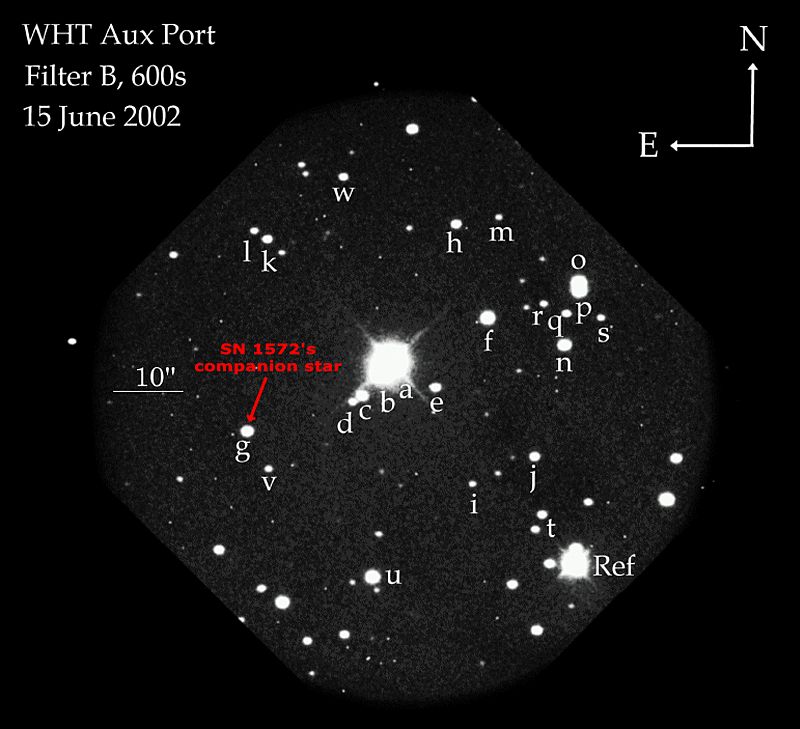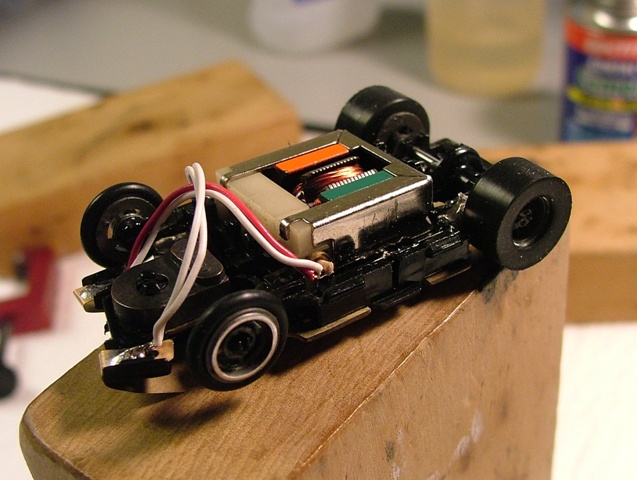G'day, Harry. I am trying to better understand the dipolar jets of both protostars and dying stars. What is common to both is that material falls inward mostly by spinning plasma in the equatorial regions. The particles are being pushed together but are resisting due to their inherent magnetic properties. Time is needed to arrange the particles into more compact arrangements, but due to irregular densities many magnetized particles pop out at the center similar to squeezing a balloon around its girth. Until enough time is acquired to re-arrange the particles into higher compaction (elements with higher atomic numbers), the particles especially electrons are ejected at both poles of the imploding star by both pressure and electrical energy.harry wrote:G'day
Supernova is where a star explodes completely and a Nova is where the solar envelope is ejected to some degree.
Doug asked the questiion
The power for such jets lies in the dynamic properties of Nuclear phase transitions within compact Nuclear matter and their ability to form spontaneous dipolar jets with enough stability to form jets that may go for light years.What possible mechanism causes polar jets in the case of the Necklace Nebula or a dying star ? These jets, according to the article, occurred 5000 years prior to the nebula cloud being created.
What are the possible candidate types for the two stars orbiting in less than two days ? Would not the lesser mass body be eaten by the larger mass ? Could a neutron star feed on a white dwarf ?
These are words that I can understand. Is this concept close to what you stated?
I am still anxious to know what kind of stars were left in the aftermath of the creation of the Necklace Nebula (?)
Doug Ettinger
Pittsburgh, PA




